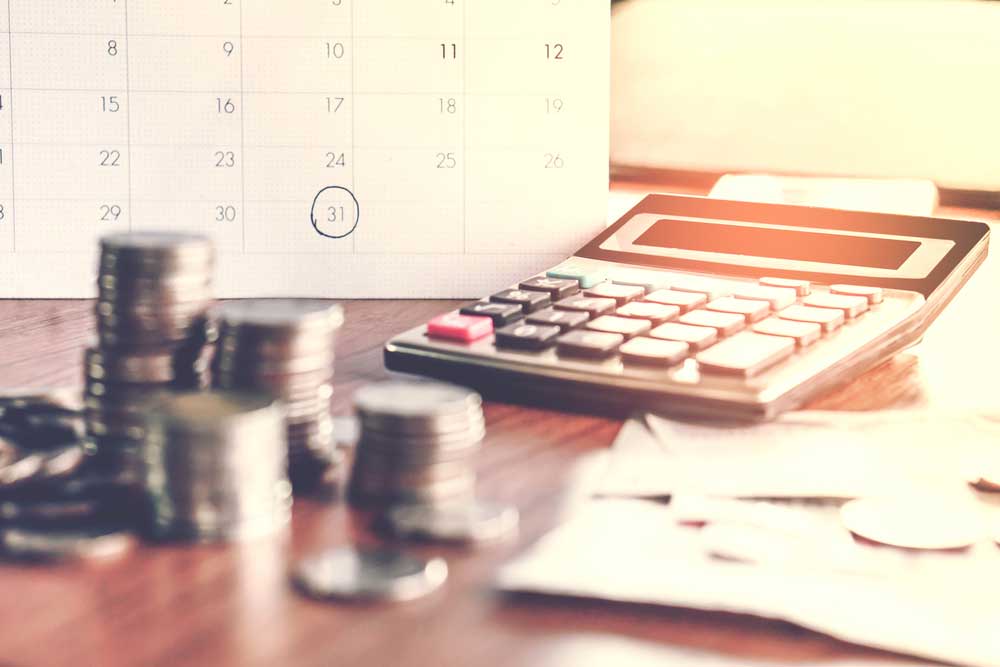Investors who dabble in the debt market are scared stiff, and not without reason. Acutely aware that some fixed maturity plans (FMPs) have been rolled over, they are wondering whether the scenario would get worse as it would eventually hurt their near-term returns and upset the longer term strategies they had lined up so meticulously.
Recently, HDFC and Kotak, two well-known asset management companies, rolled over a number of FMPs, the latter being closed-end funds (that is, they run only for pre-determined lengths of time) that mostly offer predictable yields to their unit holders.
The wider ramifications of this have already come into play. Investors are getting increasingly apprehensive about the sustainability of returns as far as certain categories of debt products are concerned. While no one has really initiated the pause mode, and fresh allocations to debt are still happening, popular perception about this category of assets has taken a hit. Here, we will take stock of the situation and prescribe a few dos and don’ts for the average participant.
First, let’s quickly remind investors that the risk in question is essentially systemic in nature, arising from what can be termed as the biggest hot buttons of our times: credit quality and liquidity. In fact, the issue of quality of securities held by debt investors has been raised several times in the recent past.
While most would recall the crisis at IL&FS and DHFL, the latest concern stemming from Essel has merely compounded their woes. The involvement of such formidable names is quite disconcerting. They lend credence to the popular theory that even the best practitioners, including the smartest names in the business, are a vulnerable lot.

Be aware
You must understand that your closed-end debt funds might face difficulties along the way, a situation that could mean deferred payment at the time of redemption. In recent cases, exposure to a few corporate groups turned sour. Remember, an FMP by definition has to pay its investors on a pre-determined date and a fund house that is unable to meet its commitment can set off warning signals in the market.
It is not our intention to blame anybody here, but investors must be advised to generally keep an eye on the developments that often plague the corporate sector, or at least, critical parts of it. Sectors such as commodities, aviation, power, real estate and engineering have displayed major signs of weakness in recent times and there are plenty of other vulnerable areas too. You can start by checking the credit ratings; any significant downgrade should catch your attention.
Defaults in select segments of the economy, marked by the creation of non-performing assets for the banking community, are not entirely unexpected these days. So, the adoption of a more conservative stance is strongly recommended. There is no need for you to recklessly chase yields — disregarding what are normally described as “checks and balances”.
Points to ponder
Investors are advised to adhere to the following rules:
- Do not make FMPs the centre of your investment universe. Let them be confined to, say, 20 per cent of your holdings. Of course, this is subjective and each investor should be guided by his risk profile when it comes to setting such limits.
- View every FMP on the basis of its relative merits. Remember, such a product cannot be really compared to a typical fixed deposit. The latter, after all, seeks to provide assured return; its rate of interest is fixed. In comparison, returns generated by FMPs are determined by market conditions. Therefore, the lesson to be learnt here is this: FDs and FMPs are quite different in nature (with dissimilar features) and there is little scope for comparison.
- Ask if the fund house in question has done enough to broadbase its holdings. The key question to ascertain is whether the fund has tried to have a diversified portfolio with no excessive dependence on securities issued by just one or a few corporate groups.
If your FMP has been already rolled over, please find out whether the defaulting fund house and other interested parties are working with the errant corporate groups for recovery. Anything less than 100 per cent recovery would be detrimental to your interests.
Pare expectations
This is indeed a good time to scale down your expectations from debt funds. Consider them merely for their basic rationale — generation of income — and not for any other perceived reason such as big-time capital appreciation. The latter does happen, but such gains are rather limited. If you need appreciation, simply pick up select equity funds instead.
It is not that all FMPs are likely to get rolled over or that debt funds in general offer inferior returns. But investors must realise that the risks arising from debt can actually get compounded in adverse circumstances. Following a few simple rules, nevertheless, can help you avoid losses and generally optimise your gains from debt.
At the end of the day, there remains sufficient scope for me to warn investors. No, your debt funds are not perfectly safe, their relatively low-risk pitch thrown at you notwithstanding. Credit and liquidity risks cannot be wished away, these can queer the pitch for even the most storied mutual funds.
Debt products are not like deposits, they guarantee nothing. However, the relative attraction of well-managed debt vis-à-vis what looks like their nearest alternative still makes them the foremost choice. Use your discretion and invest carefully by staying within the boundaries of your risk-reward metric.
The writer is director, Wishlist Capital Advisors











